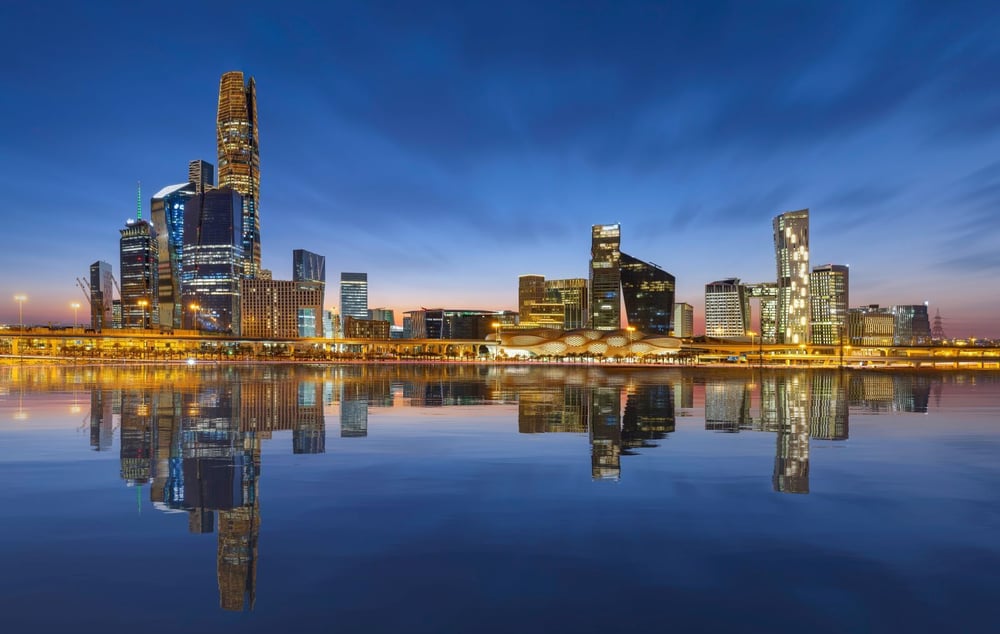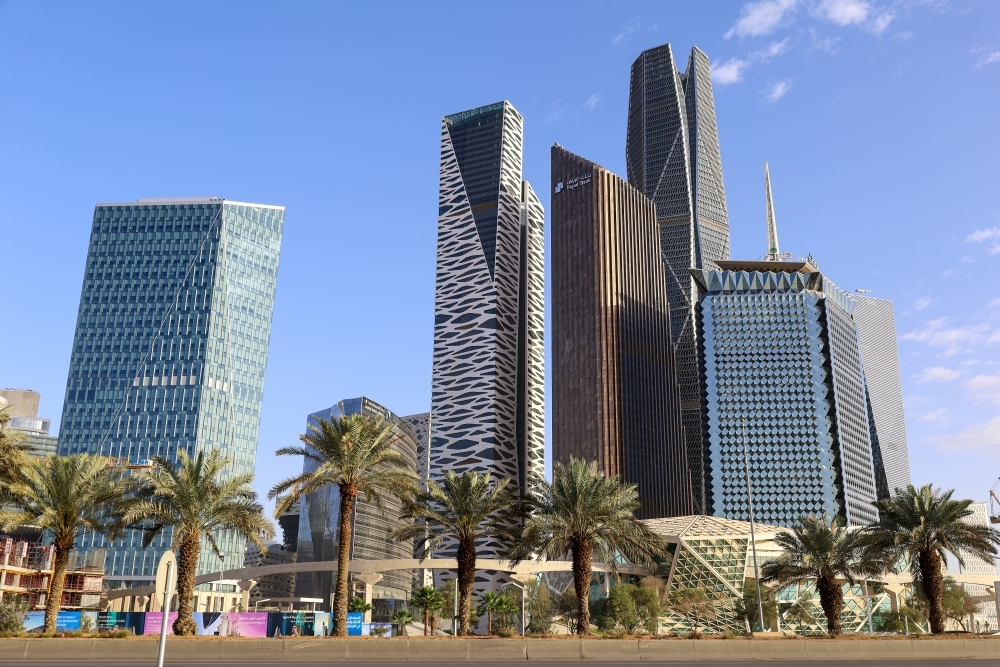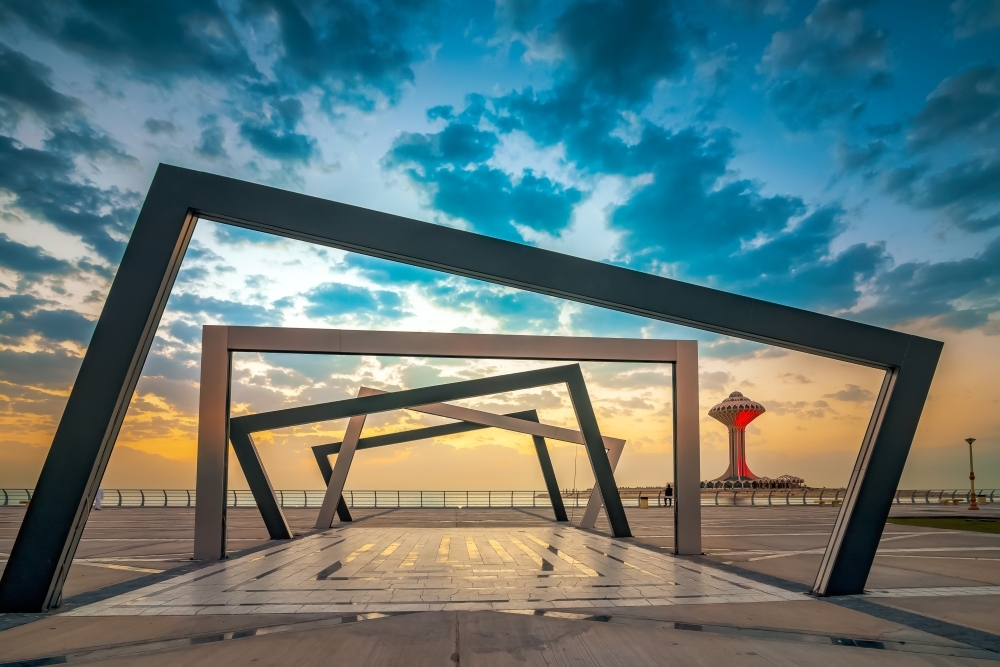Top Tourist Places in Saudi Arabia in 2025: Discover Heritage, Beauty, and Culture
In 2025, Saudi Arabia emerges not merely as a destination but as an unfolding narrative, where the grandeur of ancient civilizations, the raw beauty of untouched landscapes, and the ambitions of a visionary future converge to shape a land of incomparable allure. Once known primarily for its religious significance, the Kingdom now opens its doors to those with a discerning eye for beauty, authenticity, and luxury beyond convention.
This is not mass tourism. It is a carefully orchestrated invitation, a journey through a land of secrets revealed slowly, where every step uncovers layers of culture, history, and extraordinary design. From sandstone tombs in the north to turquoise coastlines in the west, Saudi Arabia offers a travel experience like no other.
The article below captures ten destinations that define the Kingdom’s most captivating offerings, places that speak not just to the eye but to the soul of a traveller who seeks depth, refinement, and a genuine connection to a nation's story.

AlUla: Open-Air Museum in the Northwest, 1,000 km from Riyadh
There are few places on Earth where time feels quite as still and sacred as it does in Al Ula. Set against the raw grandeur of Saudi Arabia’s northwestern deserts, this extraordinary region is where nature’s most poetic sculptures meet the enduring legacy of ancient civilizations.
Towering rock formations, wind-carved and sun-burnished, rise like sculpture gardens above the ochre earth.
But it is Hegra, the Kingdom’s first UNESCO World Heritage site, that truly defines Al Ula’s gravitas. A Nabatean city dating back to the 1st century CE, it boasts more than 100 rock-cut tombs, each telling a silent story in stone. Today, travellers can walk in the footsteps of ancient traders while enjoying contemporary comforts – whether in immersive cultural festivals, private archaeological tours, or exclusive desert resorts that seem to dissolve into the surrounding landscape.
The Red Sea Project: A Visionary Take on Regenerative Tourism
Among Saudi Arabia’s most forward-thinking developments, the Red Sea Project is revolutionary. Encompassing more than 90 pristine islands, coral reefs, and desert backdrops, this initiative marries ultra-luxury hospitality with rigorous environmental stewardship.
Guests will soon be able to arrive via seaplane to private villas, explore untouched marine ecosystems, or dine in architectural masterpieces built with sustainability at their core. This is not just a resort, it is a new standard for experiential travel, setting benchmarks for the luxury industry across the globe.
Diriyah: The Cradle of the Kingdom
Located just outside Riyadh, Diriyah offers an immersive look into the Kingdom’s roots. Once the seat of the Al Saud dynasty, it now stands as a masterfully restored UNESCO World Heritage site. Walking through the At-Turaif district is like stepping into the early pages of Saudi Arabia’s origins.
Restored palaces, ancient mosques, and cultural exhibitions frame the narrative here. The wider Diriyah Gate development promises to add fine dining, boutique stays, and luxury retail, making it not just a historical pilgrimage but a complete lifestyle destination.
The Rub’ al Khali: Desert Silence in Its Purest Form
Vast, unforgiving, and humbling – the Rub al Khali, or Empty Quarter, is the largest contiguous sand desert in the world. Yet to step into its expanse is not to feel lost, but awakened. Here, the landscape becomes a mirror for introspection.
Desert safaris are not rushed affairs. They are meditative, often punctuated by falconry demonstrations, traditional Bedouin storytelling, and evenings under a million unspoiled stars. The silence is not absence, it is eloquence. This is a destination not for the casual traveller, but for the connoisseur of solitude, beauty, and timeless perspective.
The Edge of the World: A Cliffside Masterpiece
Just under two hours northwest of Riyadh, the Edge of the World is part of the Tuwaiq Escarpment – one of Saudi Arabia’s most striking natural landmarks. These dramatic cliffs rise hundreds of metres above the surrounding plain, offering sweeping views across a vast desert landscape. A popular destination for hiking and day trips, it provides visitors with a powerful sense of scale, solitude, and geological wonder.
Hikers often arrive at dusk, when shadows lengthen and the horizon burns amber. It’s a place for contemplation, far from urban life, yet close enough to return to your hotel suite by nightfall. For photographers, adventurers, and seekers of stillness, the Edge of the World is a literal and figurative high point.
Abha: The Mountain Metropolis of Asir, in Southwestern Saudi Arabia
If the desert represents Saudi Arabia’s historical essence, then Abha is its verdant counterpoint. Located in the Asir Mountains, this elevated city offers cool breezes, mountain mist, and pine-scented air – a striking departure from the arid vastness below.
Traditional Asiri architecture – painted with vibrant geometrics – decorates the villages. The local markets bustle with artisans selling handwoven baskets, honey, and spices. Soudah Park offers panoramic views of forested valleys, while the city’s growing cultural calendar positions it as a rising destination for artistic and culinary expression. For those who seek altitude and authenticity, Abha offers both.
Al Khobar: Gulfside Elegance in Saudi’s Eastern Province
Facing the Arabian Gulf, Al Khobar is a symphony of seaside grace and urban sophistication. At Half Moon Bay, families and couples stroll immaculate beaches, while luxury yachts dock at quiet marinas. The sea here is a gentle turquoise, ideal for swimming or paddleboarding in the early morning calm.
Al Khobar also appeals to those who appreciate upscale malls, boutique hotels, and fine dining establishments, as part of the experience. With its proximity to Dammam and Dhahran, this coastal gem is perfect for travellers who desire tranquility and access.
Al Ahsa Oasis: A Living Tapestry of Water and Heritage
In the heart of the Eastern Province lies Al Ahsa, one of the largest oases in the world and a marvel of human ingenuity. Fed by natural springs and encompassing more than 2.5 million date palms, it is a fertile refuge that has supported life for millennia.
Here, one can wander through mudbrick forts, visit ancient wells, and shop in souks that still pulse with centuries-old traditions. Al Ahsa is a gentle reminder of Saudi Arabia’s relationship with nature, where water, history, and culture come together in harmony.
Riyadh: The Capital of Contrasts
At first glance, Riyadh is a gleaming testament to modernity: high-rises stretch across the desert skyline, luxury shopping malls glisten under the Arabian sun, and world-class restaurants redefine the city’s culinary narrative. But dig a little deeper and you uncover a heartbeat grounded in legacy.
The Masmak Fortress, a mudbrick citadel central to Saudi unification, still stands defiantly within the capital’s most storied quarter. Nearby, the King Abdulaziz Historical Centre and National Museum provide elegant insights into the Kingdom’s evolution. And in spaces like the King Abdullah Financial District, where modern design meets thoughtful urban planning, Riyadh reveals itself as a city that embraces both its past and its limitless potential.
Jeddah Corniche
Along Saudi Arabia’s western shores, Jeddah moves to its own pace, shaped by sea breezes and defined by its blend of art, culture, and relaxed coastal elegance.
Nowhere is this more palpable than along the Jeddah Corniche, a thoughtfully landscaped waterfront that extends along the Red Sea with uninterrupted views, public sculptures, and palm-lined promenades.
Art installations by international masters dot the Corniche, revealing the city’s creative core. Jeddah’s refined mix of culture, commerce, and coastal beauty makes it an indispensable stop for those looking to experience Saudi Arabia’s metropolitan soul.
Saudi Arabia in 2025 is not simply a destination; it is a journey of rediscovery, where every landscape offers a narrative and every experience leaves a lasting imprint.
Whether sipping Arabic coffee beneath sandstone cliffs in Al Ula, wandering the sun-dappled promenades of Jeddah, or waking to sunrise over the dunes of Rub al Khali, the Kingdom speaks in a language of subtle luxury and timeless wonder.
For those ready to explore, Saudi Arabia awaits – a land reborn, brimming with stories yet to be told.



